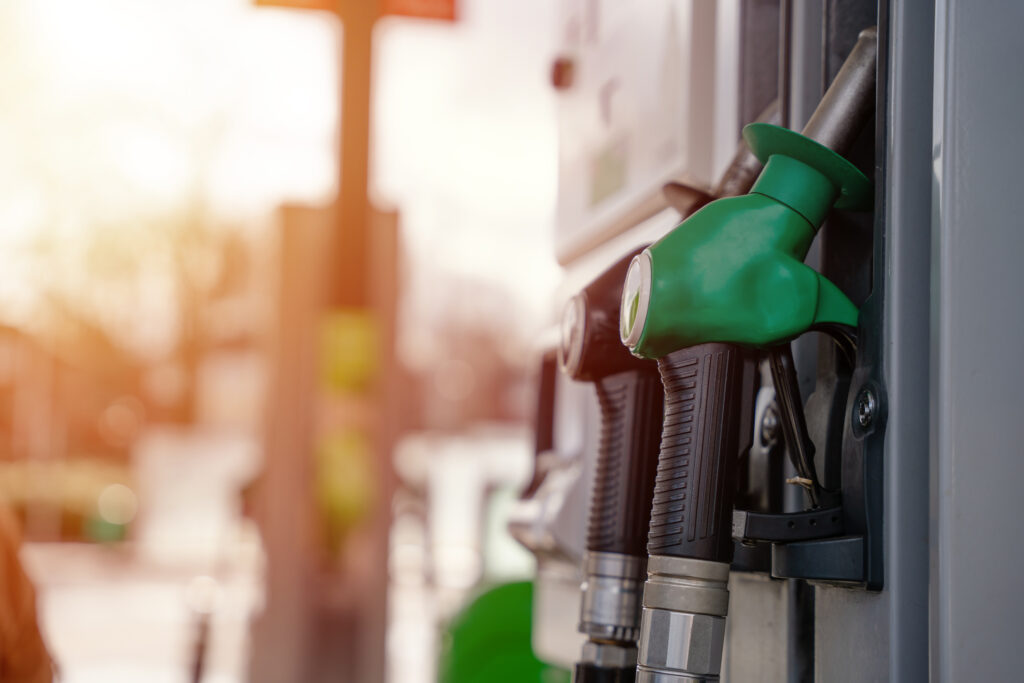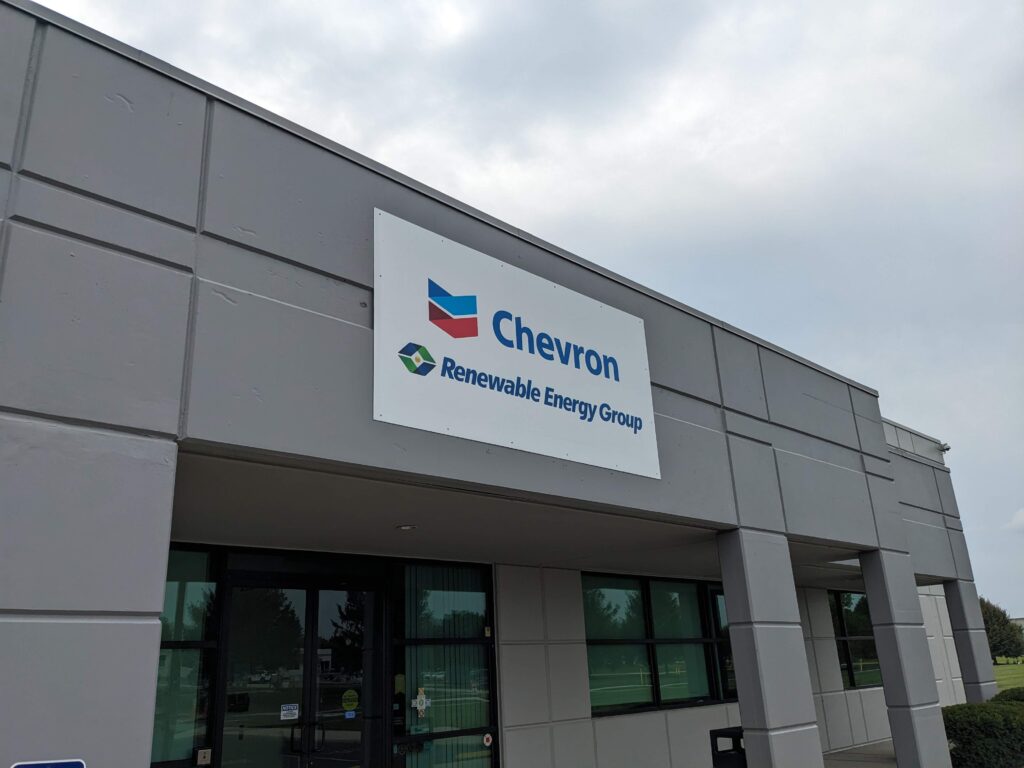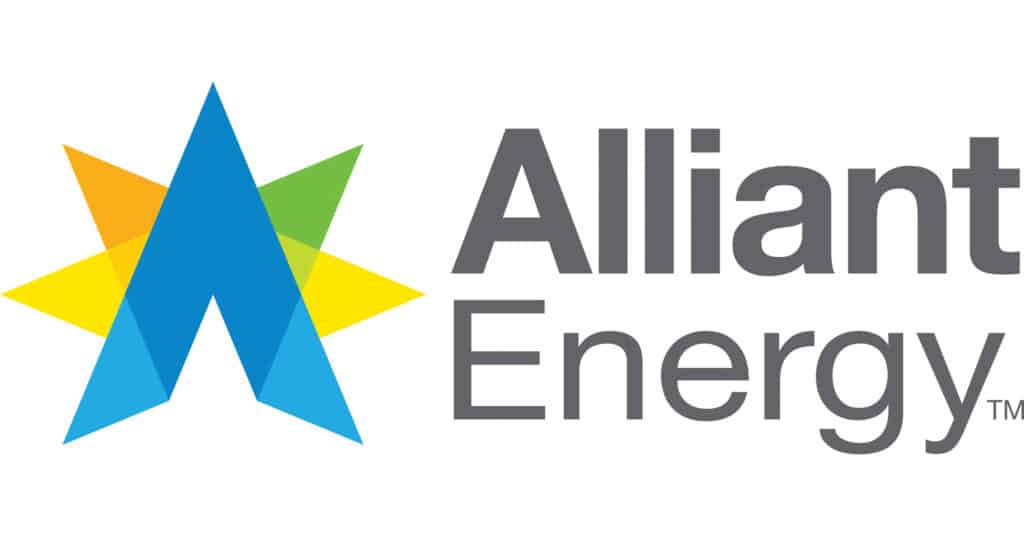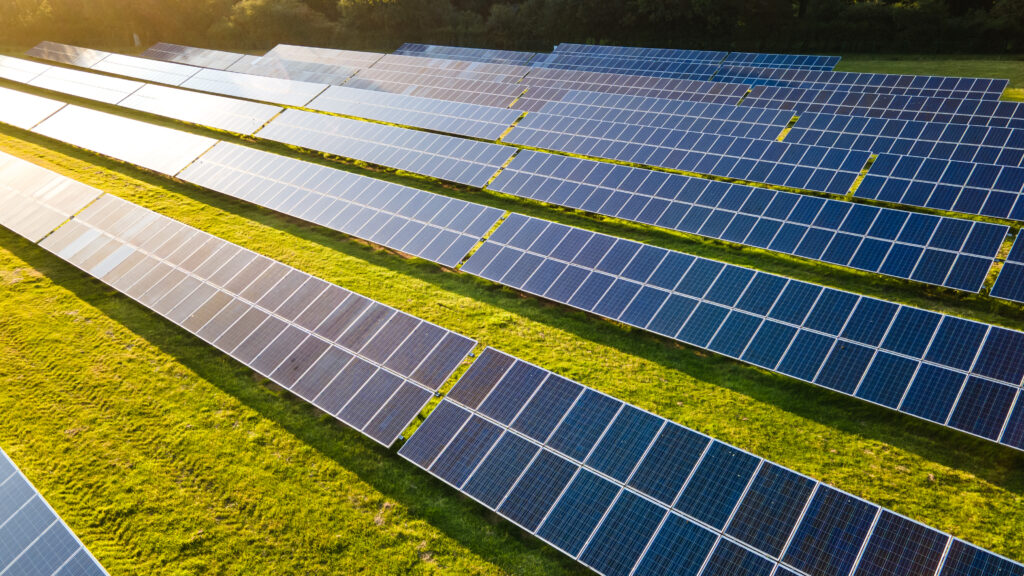Wind energy tax credit again up in the air

The wind isn’t likely to ever stop blowing in Iowa, but wind turbine development in the state could slow to a halt if a key federal tax credit isn’t extended, say Iowa’s congressional leaders.
The seven members of Iowa’s delegation sent a joint letter to the congressional leadership calling for an extension of the wind energy production tax credit, which is set to expire at the end of this year. Earlier this month, Gov. Terry Branstad and Kansas Gov. Sam Brownback also sent a letter to the conference committee considering the legislation.
The credit, which has been extended four times and allowed to sunset on three occasions since it was originally enacted in 1992, provides companies that own wind farms a 2.2 cent per kilowatt-hour tax credit in the first 10 years of operation. From 1994 to 2007, the credits have cost the federal government an estimated $2.7 billion in forgone tax revenues.
Wind energy developers have already stopped ordering turbines for installation after 2012 because of the uncertainty about the continuation of the credit, the delegation said. A recent report by industry consultant Navigant Consulting Inc. estimated that an expiration of the credit would lead to a nearly 50 percent decrease in U.S. wind energy jobs.
“Clearly, no energy incentive should be in place forever, but now is not the time to pull the rug out from under the wind energy industry, as it is putting in place the domestic manufacturing, the private investment and the technological advancements that will allow it to prosper without the (credit) in the near future,” the delegation wrote.
U.S. wind capacity has reached 42,000 megawatts, enough to power 10 million homes, according to a recent editorial by Sen. Jeff Bingaman, a New Mexico Democrat who chairs the Senate Energy and Natural Resources Committee. Bingaman cited a Congressional Research Service report that more than 420 wind-component manufacturing facilities are now operating in 43 states, and that U.S.-made components installed in wind turbines in the United States now exceed 65 percent of the total. “This means more U.S. manufacturing jobs today and a robust domestic supply chain that will keep the industry here for years to come,” Bingaman wrote.









